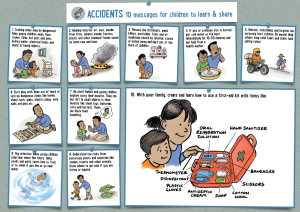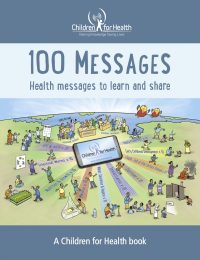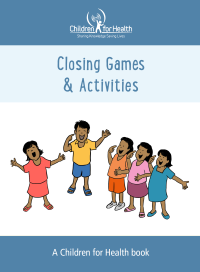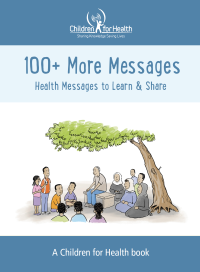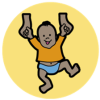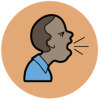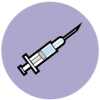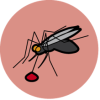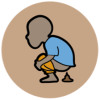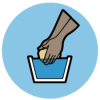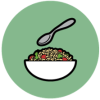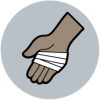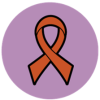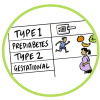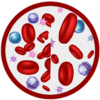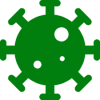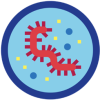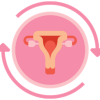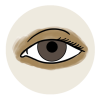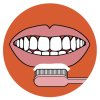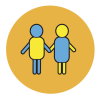Accidents & Preventing Injuries
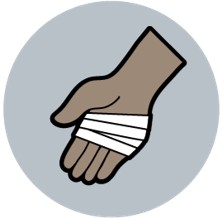
Road traffic crashes, drowning, burns, falls and poisoning hurt, disable or kill millions of children across the world every day.
Older children can learn to keep themselves safe and share what they learn with their families and friends, to stop more children getting hurt by accident.
Read our Top Ten Messages on Accidents & Preventing Injuries for children to learn and share on the right. Scroll down to see ideas on what children can do to understand, find out more, take action and reflect on this topic.
Use the links below to browse our FREE resources to help children learn more, share their knowledge and become agents of change.
10 Messages on
Accidents & Injury Prevention
- Cooking areas may be dangerous! Keep young children away from stoves, fires, hot pots and pans, boiling water, electrical items and sharp or heavy things.
- Inhaling very hot air, soot, smoke from fires, tobacco smoke, burning plastic and other chemical fumes cause us harm now and later.
- Poisons like fertilisers, week killers, pesticides, fuels and all medicines should be labelled, stored or locked away and kept our of the reach of children.
- If you or someone else is burned, put cold water on the burn immediately for 10-30 minutes and get help from a health worker.
- Vehicles, motorbikes and bicycles can seriously hurt children. Be aware! Help others stay safe! Learn and share road safety rules!
- Don’t play with, keep out of reach or lock up dangerous items like knives, sharp tools, glass, electric plugs, wire, nails and pins etc.
- Be alert! Babies and young children explore using their mouths. They can put dirt & small objects in their mouths like small toys, batteries, coins and buttons. These can block their breathing.
- Pay attention when young children play near water like rivers, lakes, ponds or wells. Learn how to float or to swim if you live or go near water.
- Understand the risks from poisonous plants and creatures like snakes, insects and other animals. Know where to get help if you are bitten or injured.
- With your family, create and learn how to use a first-aid kit with items like: oral rehydration salts; hand sanitiser; thermometer; disinfectant; plastic gloves; antiseptic cream; soap; cotton wool; scissors and bandages.
Children can learn, collect & share these messages!
While teaching these messages, encourage children to…
MAKE their own Accidents & Preventing Injuries Messages using their own words in their own language!
LEARN these messages so they never forget them!
ADD these messages to their collection!
SHARE these messages with other children and their families!
If your class or group is struggling to stay connected and engaged, we have loads of ideas for ideas to help them! Have a look at Closing Games & Activities.
Use the questions/discussion topics below to help children to memorise the messages and really understand them.
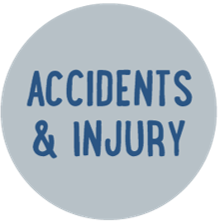
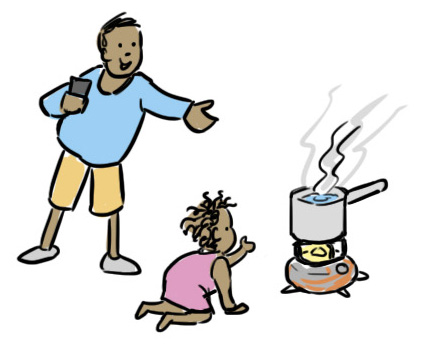
What can children make?
MAKE posters about storing poisons safely: how to store them, how they should be labelled and how to keep them away from children.
MAKE a first aid kit together for use if someone is injured. Discuss what items are needed and why. Demonstrate safe and hygienic handling of the first aid items.
MAKE toys that are safe for young children to play with.
MAKE a rope and float for the river or lake that can be used in an emergency.
MAKE a first aid station for the school.
CREATE a safety campaign to raise everyone’s awareness of children’s safety.
MAKE a survey to find out where there is water that may put children at risk of drowning and what can be done to keep children safe.
What can children do?
PLAY the ‘But why? game’ about accidents at home.
THINK of ways to make their homes safer and share ideas with posters, songs and plays.
PLAY ‘Spot the accident’ and see if they can find all the risks of accidents.
START a campaign to raise awareness of children’s safety on roads.
ROLE PLAY being safety aware when they are looking after a child.
LEARN basic first aid so they can help in an emergency.
FIND any dangers for young children that might be in their homes.
SHARE what they know about risks of injury to small children with adults.
LEARN what to do when a baby is choking and show our parents, grandparents and siblings.
LEARN to spot common hazards where there is a risk of burns, falls, drowning or busy roads with traffic.
DO role playing to practise basic first aid skills.
LEARN first aid skills and share them with our family – then tell our friends and family to learn first aid too!
What can children ask?
WHAT are the risks of burns at home?
WHAT should they do if someone is burnt?
HOW we can keep safe people from hot things and hot liquids in the kitchen?
WHAT ways do people keep babies and young children away from hazards?
WHY are babies and young children at higher risk from choking than older children or adults?
ASK a health worker to explain first aid and what they need in their first aid kit.
WHY do we need a first aid kit and how do they make one for their home?
HOW do they help someone who is in trouble in the water without putting themselves at risk?
Download these free materials now to help children learn and share these
essential health messages. See our free resource section for more!

